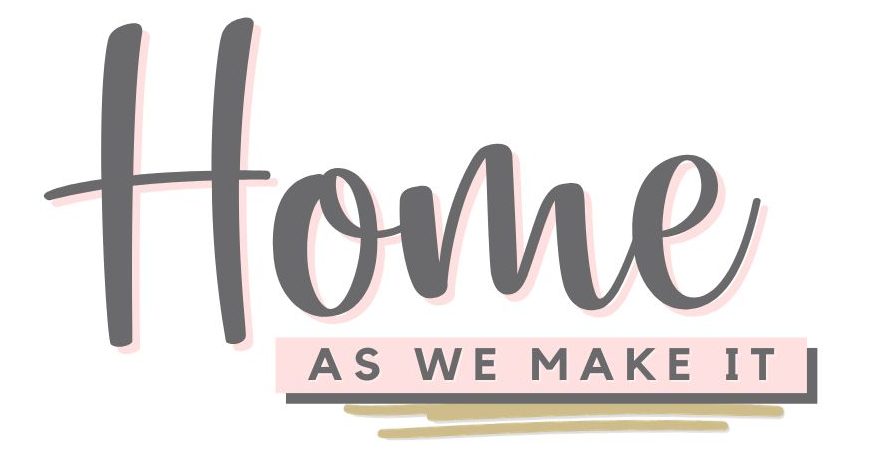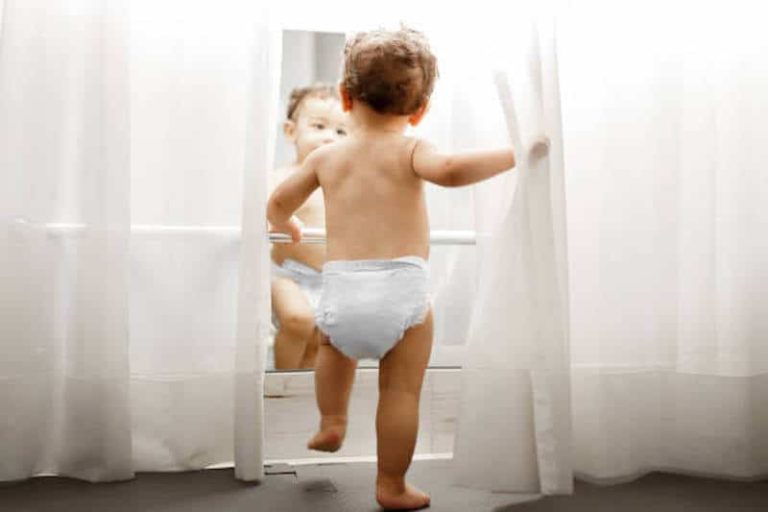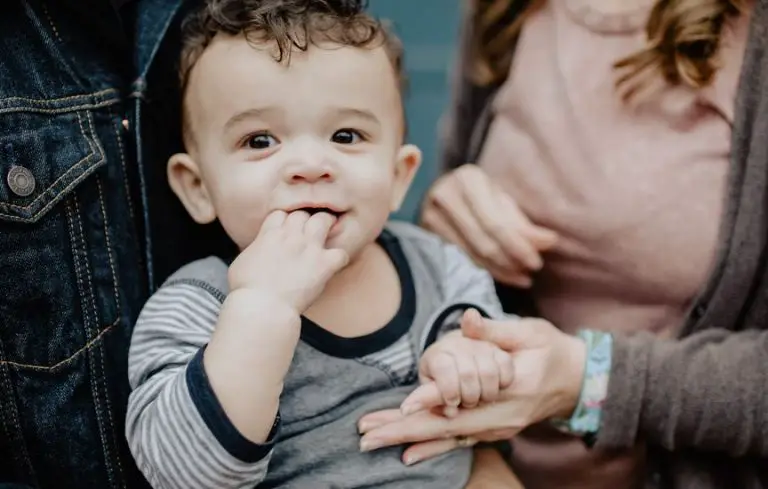Umbilical Cord Care: What New Parents Need To Know
As you embark on this exciting journey as a new parent, there are many things to learn and take care of, including your baby’s umbilical cord stump.
The umbilical cord is the lifeline between you and your baby during pregnancy, and once your little one is born, the cord is clamped and cut leaving a small stump that needs proper care until it falls off naturally.
Note: This post may contain affiliate links, which means if you buy from my link I might make a small commission. This does not affect the price you pay. See the full affiliate disclosure here.
Umbilical cord care may seem like a simple task, but it’s essential to keep the area clean and dry to prevent infection.
In this article, we will guide you through everything you need to know about caring for your baby’s umbilical cord stump. From understanding what the umbilical cord stump is to signs of infection and frequently asked questions, we’ve got you covered with all the information you need as a new parent.
So sit back, grab a cup of tea or coffee, and let’s dive into everything you need to know about umbilical cord care!
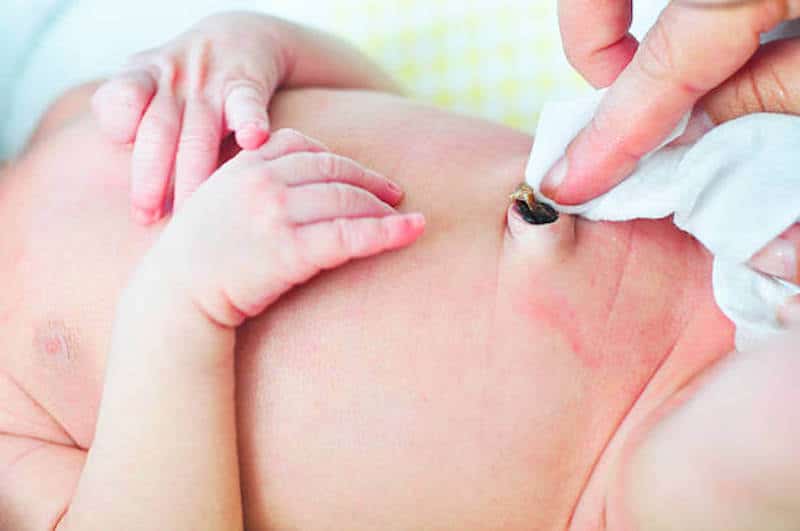
Understanding the Umbilical Cord Stump
You’ll be fascinated by the amazing transformation that’s happening to your baby’s belly button. The umbilical cord stump, which connects your baby to the placenta during pregnancy, will dry up and fall off within 1-3 weeks after birth.
This process is part of the natural healing process that helps your baby adjust to life outside of the womb. As a new parent, it’s important to understand that this healing process takes time and requires patience.
While you may be eager for the umbilical cord stump to fall off, it’s crucial not to rush it or try to remove it yourself. Doing so could lead to infection or other complications. Instead, simply keep the area clean and dry and wait for nature to take its course.
Cleaning the Umbilical Cord Stump
Make sure to gently clean your baby’s belly button area every day until the stump falls off. This is important in order to prevent infection and keep the area dry. You can use a cotton swab or ball dipped in warm water to gently wipe around the base of the cord stump, being careful not to tug or pull on it.
It’s best to avoid using soap, alcohol, or hydrogen peroxide on the area as these can be too harsh for your baby’s delicate skin. When cleaning your baby’s umbilical cord stump, it’s important that you don’t overdo it. Cleaning once a day is enough and more frequent cleaning can actually delay healing by keeping the area too moist.
If you do notice any redness, swelling, or discharge from the belly button area, contact your doctor right away as this could be a sign of infection. There are alternative care methods like dry healing where no cleaning is required but it’s best to discuss this option with your pediatrician before deciding which method to use.
If you follow these tips and take good care of your baby’s umbilical cord stump, it will fall off naturally within one to three weeks and leave behind a healthy belly button for your little one!
Signs of Infection
If your baby’s belly button area shows signs of redness, swelling, or discharge, it’s important to contact the doctor right away as these could be indications of an infection.
Umbilical cord infections can occur if bacteria enter the stump and multiply. In some cases, the infection may also cause fever or fussiness in your baby.
It’s important to take steps to prevent infection by keeping the cord stump clean and dry. Preventing infection is key when it comes to umbilical cord care.
To do this, make sure you’re following proper cleaning techniques and that the area stays dry.
If an infection does occur, there are treatment options available depending on the severity of the case. Mild infections may be treated with antibiotic ointments while more severe cases may require oral antibiotics prescribed by a doctor.
Remember to always consult with your healthcare provider if you suspect any issues with your baby’s umbilical cord stump so they can provide guidance on how best to care for it and keep your little one healthy and happy.
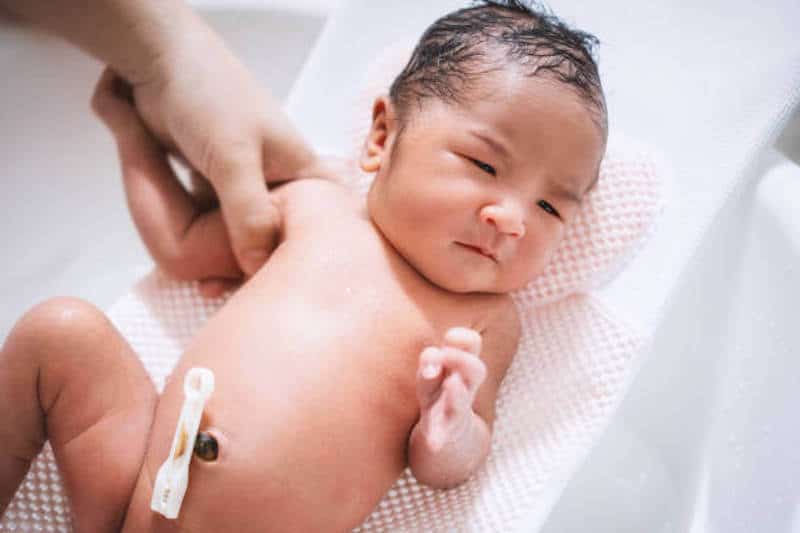
Other Umbilical Cord Care Tips
Don’t forget to keep an eye on your baby’s belly button area and follow proper cleaning techniques to ensure a healthy and infection-free healing process.
In addition to keeping the area clean and dry, there are other tips that can aid in the healing process. Some parents opt for natural remedies such as applying breast milk or coconut oil to the umbilical stump. These substances have antimicrobial properties that may help prevent infection.
It’s also important to consider cultural practices when caring for your baby’s umbilical cord. In some cultures, it is traditional to apply special herbs or powders to the stump. While these practices may hold cultural significance, it is crucial to consult with a healthcare provider before proceeding with any non-traditional methods.
Ultimately, following proper cleaning techniques and keeping an open line of communication with your healthcare provider will ensure a healthy healing process for your baby’s umbilical cord.
FAQs about Umbilical Cord Care
As you navigate the process of caring for your newborn’s belly button area, it may be helpful to gain insight into common questions or concerns surrounding this important aspect of postpartum care. Here are some frequently asked questions about umbilical cord care:
- How should I clean my baby’s umbilical cord stump during bathing?
- Is it normal for the cord stump to bleed a little bit?
- When can I expect the cord stump to fall off?
- What should I do if there is discharge or odor coming from the belly button area?
When cleaning your baby during bath time, avoid fully submerging them in water until their umbilical cord stump falls off. Use a damp washcloth with warm water and gently clean around the base of the stump.
It’s normal for a little bleeding or oozing to occur as the cord dries up and falls off, but if you notice excessive bleeding or signs of infection (redness, swelling, warmth, pus), contact your pediatrician right away.
Typically, the cord stump will fall off on its own within 1-3 weeks after birth. In the meantime, continue to keep it clean and dry and avoid clothing that rubs against it. If you notice any discharge or odor coming from the belly button area, contact your pediatrician as these could be signs of infection.
Conclusion
Congratulations on becoming a new parent! Taking care of your baby can be overwhelming, but with the right information, you can feel confident in caring for your little one.
One important aspect of newborn care is umbilical cord care. Now that you understand the basics of umbilical cord care, you can confidently take care of your baby’s umbilical cord stump.
Remember to clean it properly and watch out for signs of infection. By following these tips and frequently asked questions, you’ll ensure that your baby’s umbilical cord heals properly and they stay healthy.
Enjoy this special time with your little one!
